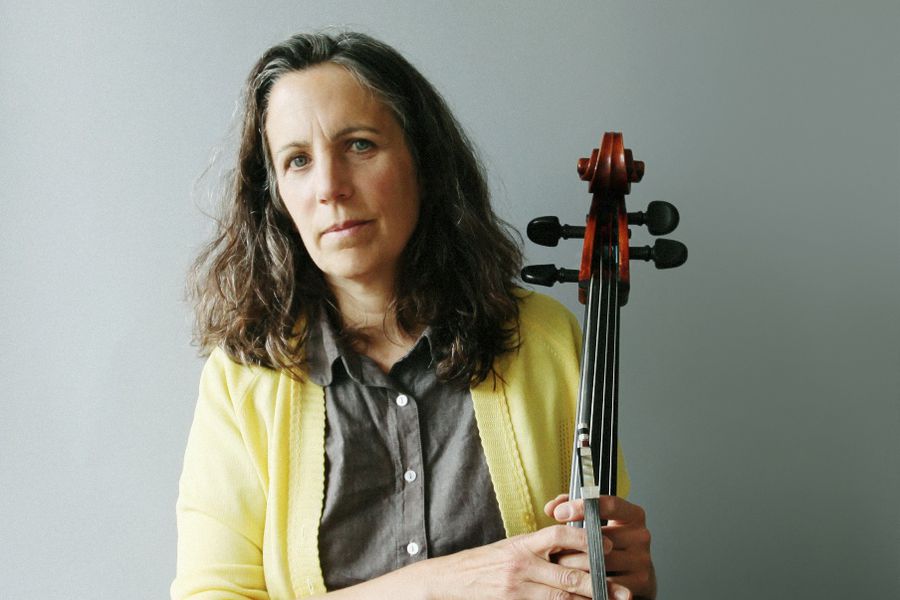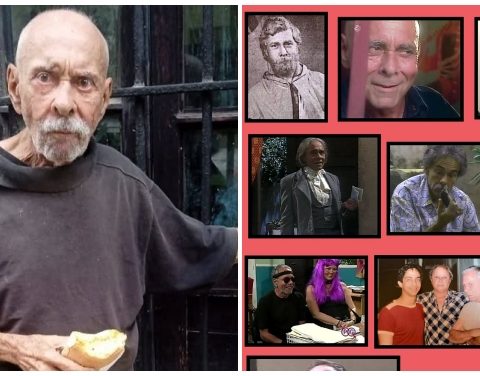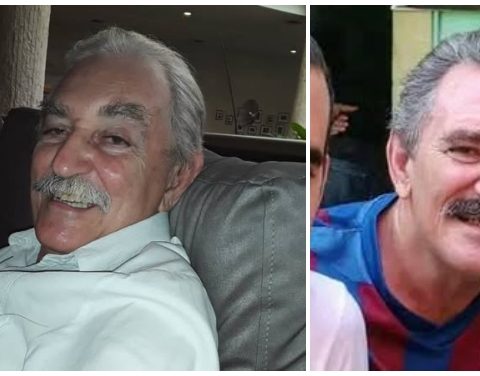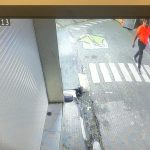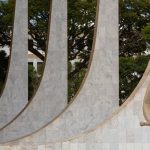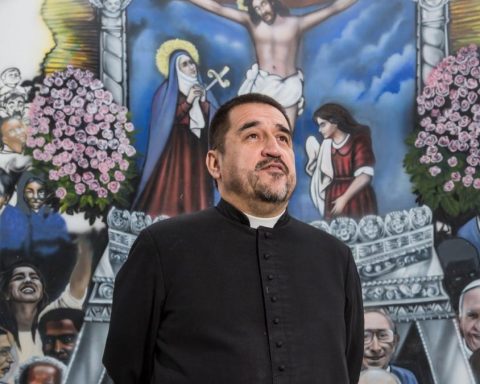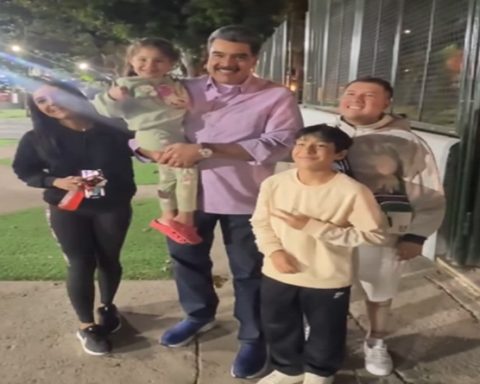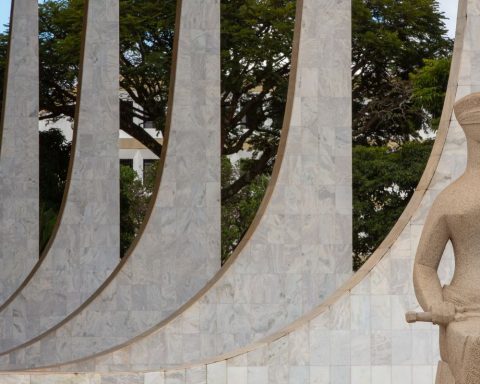Lori Goldston just got a call from Krist Novoselic. Nirvana leads the revolution grungy and had published in 1991 an album, never mindwhich definitively catapulted her from the banks of the underground from Seattle into rock history. And all in less than seventeen weeks. The band was looking for an artist like Lori and her bass player had to complete the project. He then invited her to take a place in the group and that call would definitively end in two events for the legend: a tour with Nirvana and an album “touched” by the grace of the darkest divinity.
Nearly 30 years later, Goldston is an influential and respected cellist on the American circuit. He has not ceased to be attentive to the sound of his roots, to the meaning of originality within contemporary sound, and maintains the same interest in everything that music can contribute from that truly alternative spirit taken up by Nirvana and that also triggered the gang to Olympus and immortality. “Hello from Seattle”, she answers when I contact her for an interview arranged days before. Before agreeing to the conversation, she kindly alerts me that she does not like this type of meeting too much, this is the first with a media outlet related to Cuba. In her words there is a certain sense of reaffirmation towards the city that she saw grow grungy and placing several of his “cursed” children as icons. Remember how were his first links with Nirvana, a band, he says, of which until then he did not know much. “I got a call from Krist asking to play with them at the Roseland Ballroom in New York City. He came to my house to talk about it, and I met the rest of the band at rehearsal a few days later,” says the cellist and academic.
Lori went on tour with Nirvana between 1993 and 1994. I was about 29 years old and the band had turned everything upside down. Indeed, it was already taken as a powerful influence by the new line-ups that were emerging within the Seattle sound. In the final stages of the tour Nirvana recorded the MTV Unplugged disc that many have interpreted as a staging in which Cobain advanced his own death. It was an intimate setting, crowned by flowers and candles. “The session of unplugged it was toward the end of a month-long tour of North America with the band. I’m from New York, so it was nice to be back there, and some of my friends came to the show. It was a high pressure atmosphere: I’m not used to cameras and I was quite nervous. But we were well-rehearsed and a lot of care had been put into putting together a set that would get everyone excited,” she recalls.
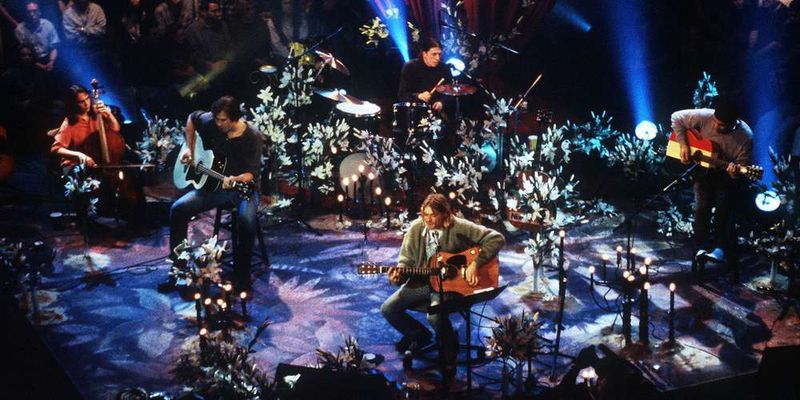
Several of the classics of Nirvana. Goldston’s cello sound permeated the symbolic recording environment and shines through on songs like “Jesus Doesn’t Want Me For A Sunbeam”, “The man who sold the world”, “Dumb”, “Polly”, “On a Plain”. She considers her adaptability to be one of the first attributes she imprinted on the recording. “I think one trait that emerges is adaptability. I did my best to match my sound to the feel of the songs, and for the covers I listened very carefully to the originals as a guide. Some of the songs call for a kind of dark irony that comes very naturally to me. ‘Where Did You Sleep Last Night’ (doWhere did you sleep last night?) conveys a feeling of doom that has turned into love more and more.”
Lori Goldston grew up in New York under the influences and soul of bands like The Temptations, The Four Tops, Stevie wonder. He began studying guitar at the age of 7 and later dedicated himself to the cello. His musical training, however, is very varied. It also includes a wide range of influences on which the punkthe folk and the long tradition of rock. He knows Cuban music very well thanks to the groups that took New York as their base of operations. It is currently a reference in experimentation and the creation of experimental musical works. He has collaborated with numerous bands and musicians such as the forerunners of the metal droneEarth and David Byrne and created with her husband the band The Black Cat Orchestra. As a soloist he has recorded albums like The Passion of Joan Of Arc, inspired by the movie of the same name. The album was recorded in a 19th century German church, together with two leading instrumentalists: Aidan Baker (Nadja) and Andrea Belf.
What personal or artistic reasons led you to found The Black Cat Orchestra?
That project grew out of work I did for a couple of years with an experimental theater company. Initially we started putting together bands for plays, then the band outlived the theater group. At first we mostly played pieces we wrote, but soon we started playing music from all over the world that we found on old records and sheet music in the public library. I often think about how radically pre-internet our way of putting together that repertoire was, we had to work so hard to find all these beautiful old songs. If it was happening now, I’m sure the sound and feel of the band would have to be completely different.
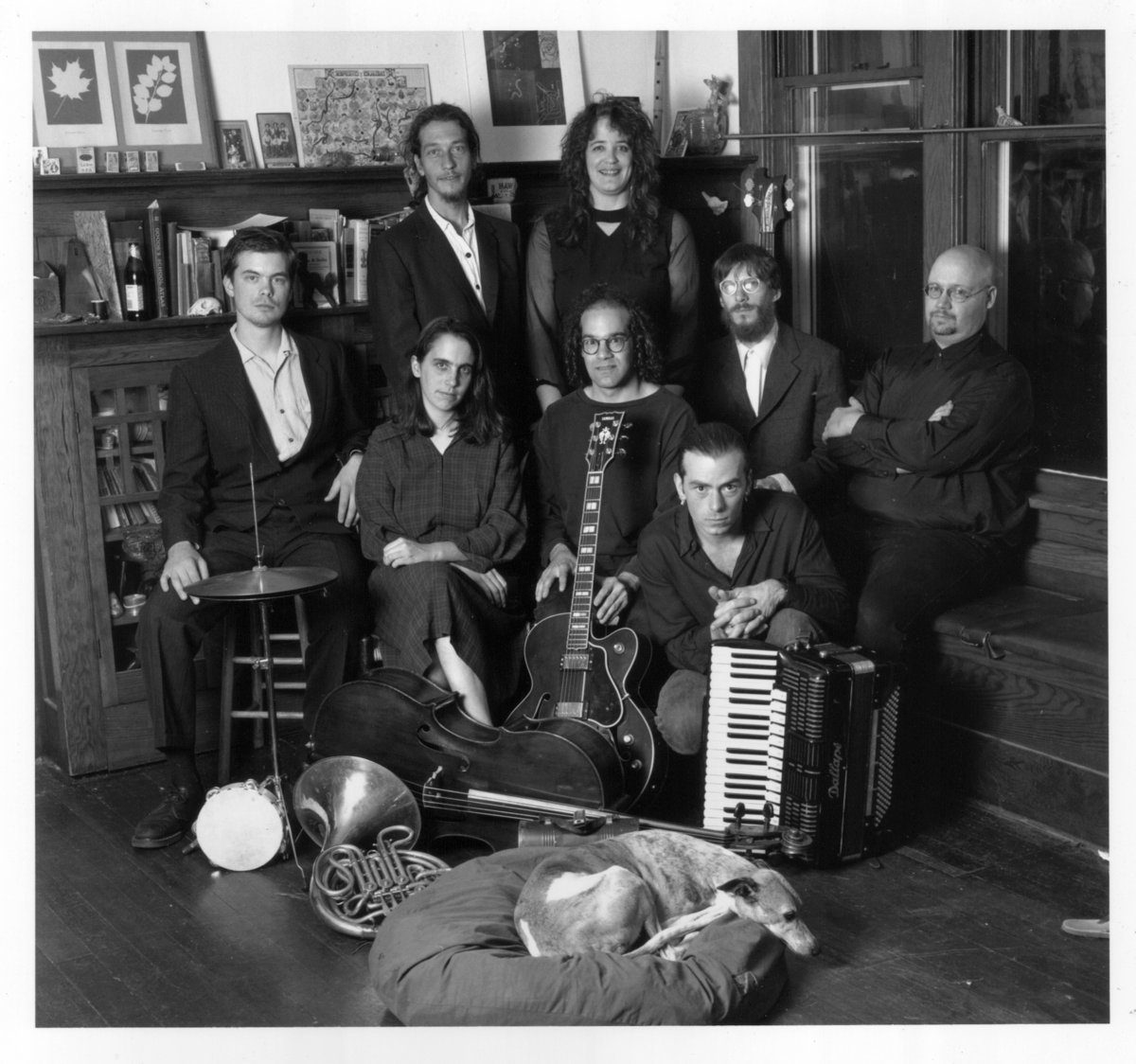
During his career he has also stood out for creating music for museums, theater, cinema or events such as Paris Fashion Week. What aspect of creation are you most comfortable with?
I love collaborating with people who work in different genres and mediums; I feel grateful to have the opportunity to play in some beautiful spaces. Also, I often play very small shows in non-fancy venues and like to have that variety all the time.
Do you think that in the American art scene or in the international market there is room for an artist like you, who is interested in the most experimental creations within music?
I listen to a lot of amazing music here in Seattle and when I travel. Generally, I feel that people appreciate, understand and value what I do, which always seems like something miraculous. Somehow I have managed to make a living for all these years.
David Byrne told me in an interview several years ago that the “do it yourself” spirit of punk it survives, even though musical styles have changed. Do you consider the same considering that your work maintains that feeling of freedom within music?
Absolutely. That’s the spirit I’ve always loved and found most exciting, and I’ve done my best to stay close to it.
What struck you most about your work with David Byrne?
He is a very pleasant person, an excellent conversationalist and a very open and trusting collaborator.
What led her to opt for the cello and classical music training if she came from a musical culture influenced by the soul and rock?
My first musical training was on the guitar, then a few years later I started learning cello at school. I wasn’t from a musical family and didn’t really know much about it. The musical genres that first captured my imagination were soul and rock, listening to them on the radio when I was a child. My education in classical music came later, studying the cello.
Can you tell us what musical experiences have most defined your career?
I think my musical life is most clearly marked by the extremely wide variety of musical experiences. I collaborate with singers, guitarists, drummers, bands, composers, filmmakers, choreographers, writers. I love to be challenged and learn.
Are you nostalgic for those years when you toured with Nirvana and recorded the in MTV Unplugged in the midst of the effervescence of the movement grungy?
It was a very fun time for me and I am very proud of that work for many reasons. But in general I am more inclined to look forward. I’m not a very nostalgic person.
How are your current relations with Grohl and Novoselic?
I meet Krist very, very occasionally, and I haven’t seen Dave in many years.
How did you feel when you heard the news of Kurt Cobain’s suicide?
Awful.
Have you traveled to Cuba?
No, I’d really love to do it one day.
Do you know Cuban music?
Yes, I grew up outside of New York City, where there is a lot of Cuban music. In college and a while later I studied percussion and played the conga a little, and I learned some basic concepts of the musical universe of the Island. I have listened to Cuban music from many different eras and styles and, in general, I have enormous respect for the mastery country music.
